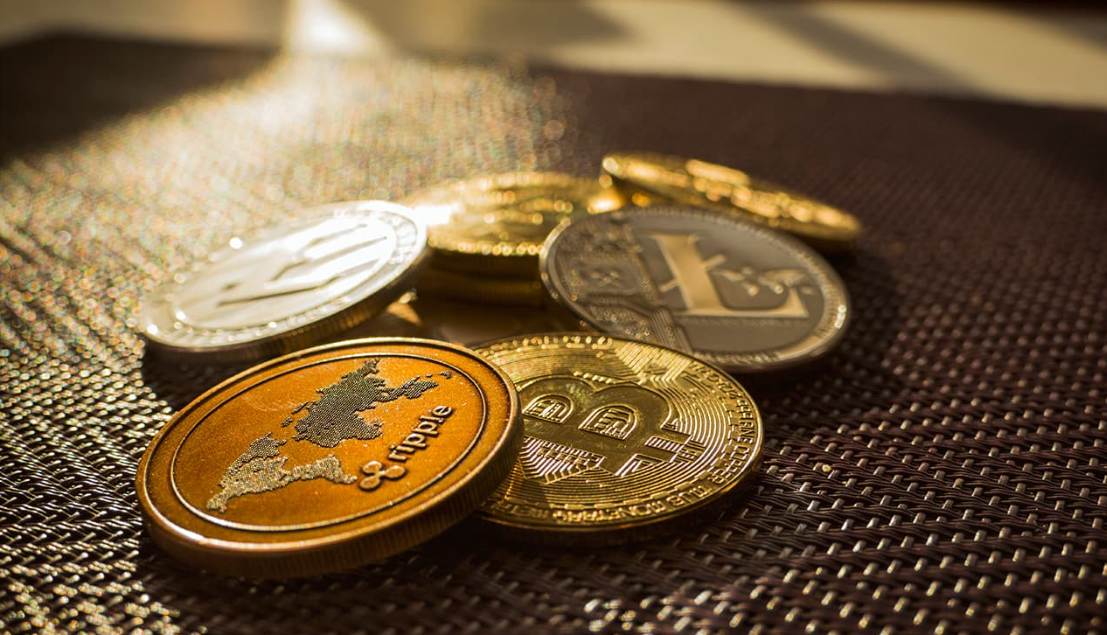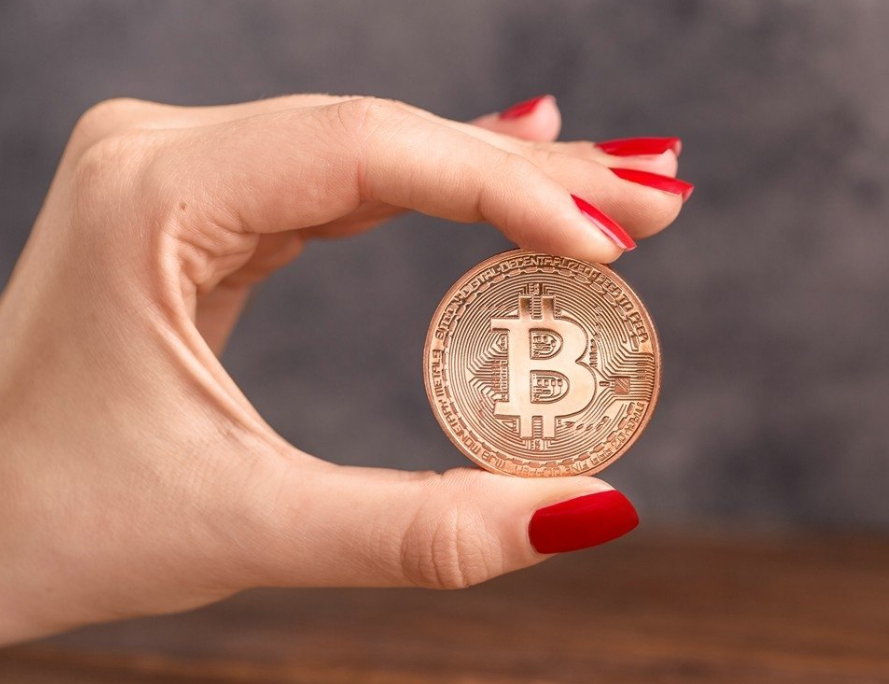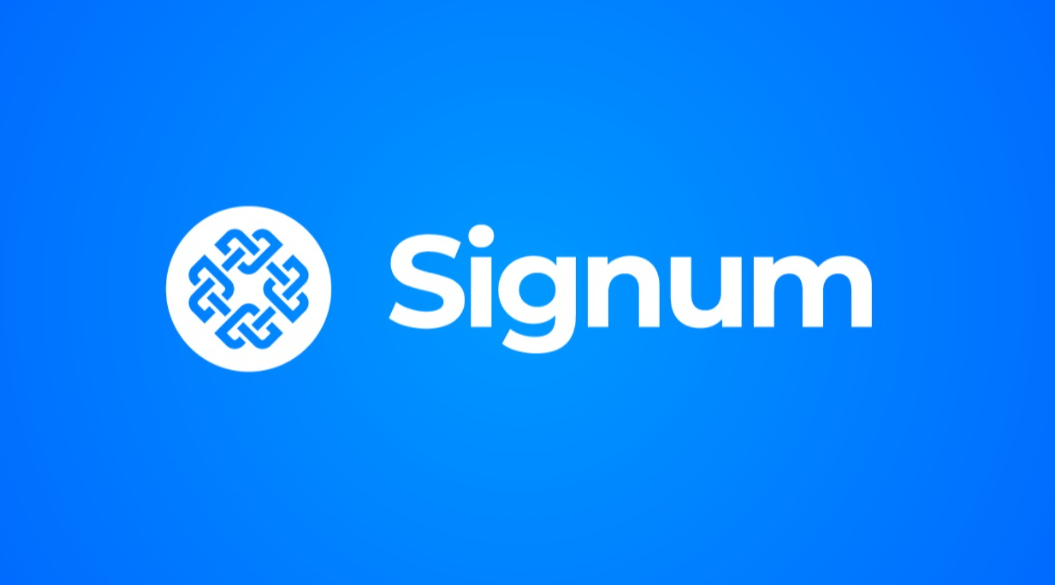What is THORChain? THORChain is an independent cryptonetwork aimed at facilitating cross-chain asset swaps. It does so in a non-custodial manner and through decentralized economic incentives.
THORChain uses an adapted version of Bancor’s “smart token” model, known as Continuous Liquidity Pools (CLPs), to facilitate the exchange of assets. CLPs tie the price of “external” assets to a native token, RUNE, which deterministically accrues value as more RUNE is deposited into the network.
Decentralized Liquidity Protocol
THORChain is a blockchain protocol that allows users to swap their crypto assets between a variety of chains without ever stepping outside the native ecosystem. Unlike protocols like Uniswap and SushiSwap, THORchain doesn’t wrap its assets before swapping them, instead using native assets on the THORchain to perform autonomous, transparent asset swaps.
To enable cross-chain exchanges, THORchain relies on liquidity pools to facilitate asset swaps. These pools are made up of assets contributed by Liquidity Providers and are secured by a network of node operators. These nodes are incentivized to verify swaps, and the operative node operator is charged a trading fee for each swap they validate, as well as RUNE rewards that accumulate over time.
Liquidity pools are one of the foundational technologies in DeFi, providing a permissionless environment where anyone can add liquidity to a pool and earn a yield. They are essential to automated market makers (AMMs), borrow-lend protocols, yield farming, synthetic assets, on-chain insurance, and other use cases.
Moreover, they enable participants to unite around a shared cause they believe is vital for the protocol. This can be useful for governance initiatives, in which a significant majority of token votes may be required to bring a proposal forward.
In addition to enabling asset swaps, THORchain has a number of other features designed to make it safer for users and the community as a whole. These include a unique consensus mechanism that relies on the Tendermint BFT model and a series of secure underlying technologies, such as improved state pegs, the TSS protocol, Bifrost Signer Module, and improved state-peg-based storage transactions.
The THORchain protocol uses the Proof of Stake consensus mechanism to incentivize a network of node operators to validate swaps. These nodes are called THORnodes, and they have three primary functions: bonding RUNE, building vaults, and witnessing transactions.
These nodes are constructed and replaced every three days, ensuring that they stay fresh and updated. They also compete to enter the network with bonded money, which creates incentives for them to protect it from theft.
These nodes are also incentivized to verify and record trades between the thorchain chain and other chain networks. In doing so, they are able to build out a robust network layer that’s scalable and secure. Ultimately, this ensures that the Thorchain platform is highly resistant to attack.
Cross-Chain Swaps
Cross-chain swaps enable users to move tokens across different blockchains without relying on third parties. This process eliminates intermediaries and is one of the most crucial parts of the token exchange process in the upcoming multi-blockchain future.
THORChain is an open, trustless crypto bridge that connects blockchains to establish secure communication and facilitates cross-chain trading. This solution is essential in the ongoing development of blockchain technology and helps token holders interact with DApps on multiple networks simultaneously.
The THORChain network features three main ways to participate: Liquidity Providers, Users, and Node Operators. The first is through users who deposit their assets into the network’s liquidity pools to earn a yield. The second is through liquidity providers who stake their assets into the pool and earn a liquidity reward for their service. Finally, Node Operators govern a multi-sig wallet that operates the THORChain network and are responsible for validating transactions.
Swaps are executed using General Message Passing (GMP) on THORChain’s decentralized protocol and are transparent, non-custodial, and resistant to front-running. This ensures a fair trade and minimizes custodial risk.
In addition to the GMP technology, THORChain also provides a variety of other security measures such as double-spend protection, privacy protections, and smart contract auditing. These measures help to ensure that no malicious users can influence or disrupt the system.
Another important feature is the transparent, slip-based fee paid by traders for executing swaps on the network. This ensures that the price of the swap is fixed and is not influenced by the size of the transaction or the speed of the execution.
The THORChain pool system ensures that every asset pair is paired with $RUNE, which creates deep liquidity for all THORChain pairs. This enables the creation of liquidity pools that are cheaper for everyone and makes swapping easier for all users.
To make this possible, the THORChain team has built an innovative and revolutionary technology to enable instant cross-chain swaps on multiple blockchains. This allows for a more streamlined and efficient transaction process, and is especially useful when users want to switch between currencies or exchange their crypto for fiat.
Liquidity Pools
Liquidity Pools are the backbone of most decentralized exchanges, and they have a wide range of features. Often, they offer incentives to investors who lock up tokens in them in exchange for a share of the trading fees paid by others.
They also allow users to create trading pairs of assets that are paired together. This can save users a lot of time as they don’t have to perform the calculations or acquire the second asset individually.
In addition, some protocols, such as Bancor and Zapper, simplify this process by allowing users to deposit only one asset into the pool, eliminating the need to purchase a second asset. This makes them more accessible and convenient for a wider audience.
A liquidity pool is a non-custodial portfolio manager that allows traders to earn trading fees by subtracting and adding liquidity. They also offer users the flexibility to customize pools and earn additional rewards for facilitating trades.
When a user deposits funds to a pool, they can either add the underlying asset (BTC/RUNE or ETH/BNB) in equal proportion, or they can add each asset separately. Choosing the latter option will give you a symmetrical ratio of both assets, and will help ensure a fair distribution of pool rewards.
However, if the underlying asset’s price increases or decreases during that period, then it will affect the value of the tokens in the pool. This is called impermanent loss and is a common risk for liquidity providers.
To mitigate this risk, THORChain provides insurance against impermanent losses*. This insurance protects LPs from losing their assets due to changes in the price of the underlying asset.
In addition, THORChain’s liquidity pools provide an incentive mechanism for liquidity providers and node operators. These incentives are based on the volume of swaps, size of swaps, change in asset prices, and other factors.
Liquidity pools are a key component of THORChain’s permissionless, cross-chain Decentralized Exchange (DEX). These pools are paired with Rune and native assets on THORChain, and they enable transparent and autonomous asset swaps.
The pooling protocol is secure and self-regulating, and it offers a wide range of features. It is an important part of THORChain’s infrastructure, and its use is increasing in popularity as more users adopt the technology. It is a great way to build liquidity into the THORChain network, and it can be used to provide valuable benefits for everyone.
Decentralized Autonomous Organization
The DAO is a new type of organization that utilizes a blockchain and smart contracts to organize business operations. It is a model that replaces traditional boards of directors and executive teams, and is governed by a community of people who own the “governance token” of the DAO.
DAOs operate in a decentralized manner, allowing members to vote on important decisions that impact the company. They are often based on native crypto tokens, which allow holders to participate in governance.
Despite their popularity, however, there are still some questions about how DAOs work and their implications for the future of organizations. Researchers at the University of Miami are researching this emerging digitalized, decentralized finance and governance system to explore its potential and vulnerabilities.
As part of their research, they are focusing on the Decentralized Autonomous Organization (DAO), which is a management structure that relies on smart contracts to coordinate its operations. They believe that this model will be crucial for the upcoming generation of the internet, known as Web 3.
A DAO is a business organization that operates under a set of rules encoded in code and run by a network of computers running a shared software. This decentralized model of business management allows it to be transparent, self-governing and independent from a centralized government.
In order to join a DAO, users must first buy the tokens that are used to govern the organization. This enables holders to vote on important matters and gives them the power to change the direction of the organization.
Another key feature of a DAO is that it uses smart contracts to make decisions and allocate resources on the blockchain. These logically coded agreements are designed to automatically execute a number of actions, such as increasing the circulating supply, burning reserve tokens or distributing rewards to existing tokenholders.
DAOs are a promising model for many businesses, particularly in the cryptocurrency and blockchain industries. They have a lot of potential to revolutionize the way we manage our money and resources. They are also a promising way to create decentralized business networks that are open and accessible to everyone.




